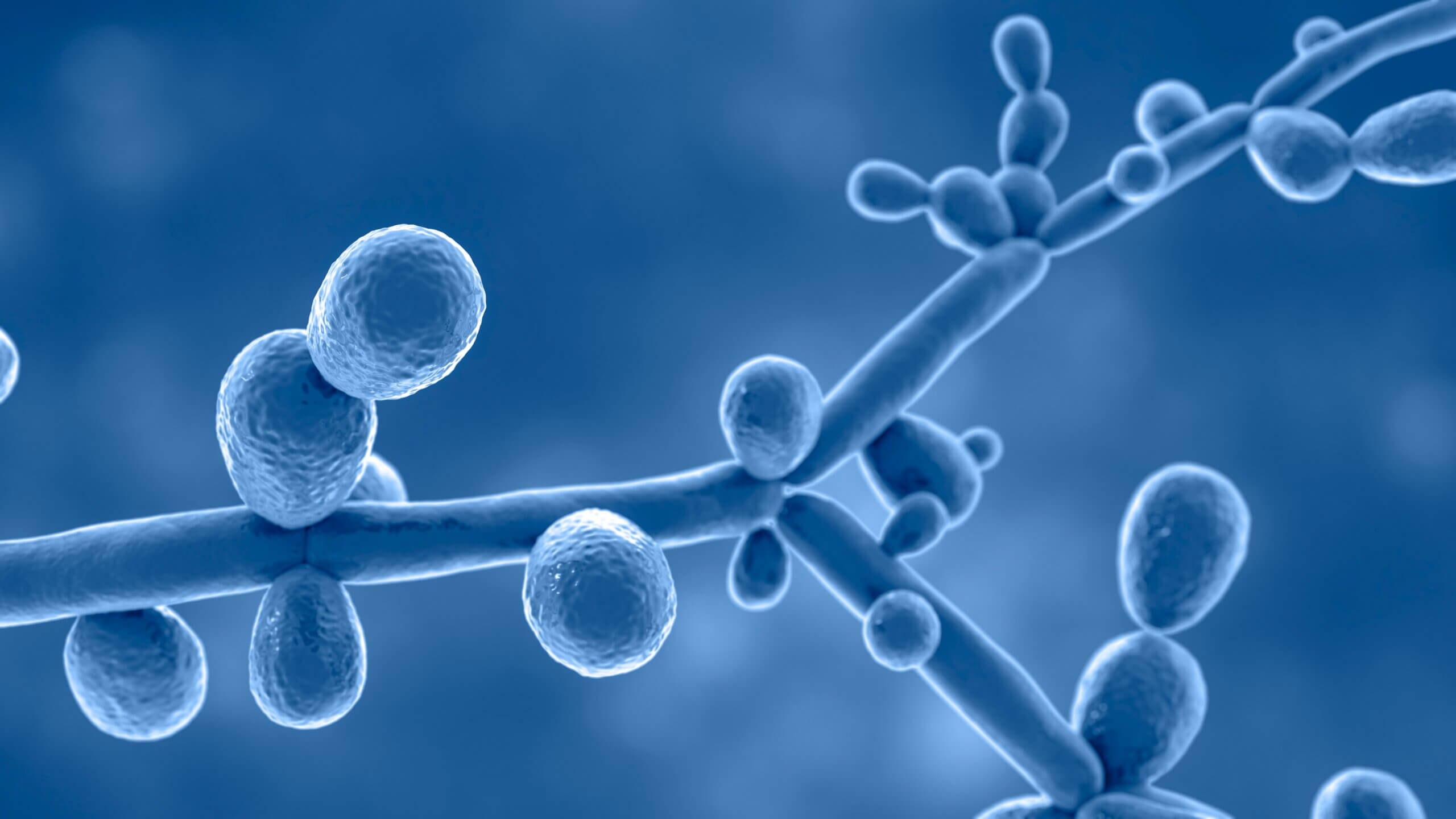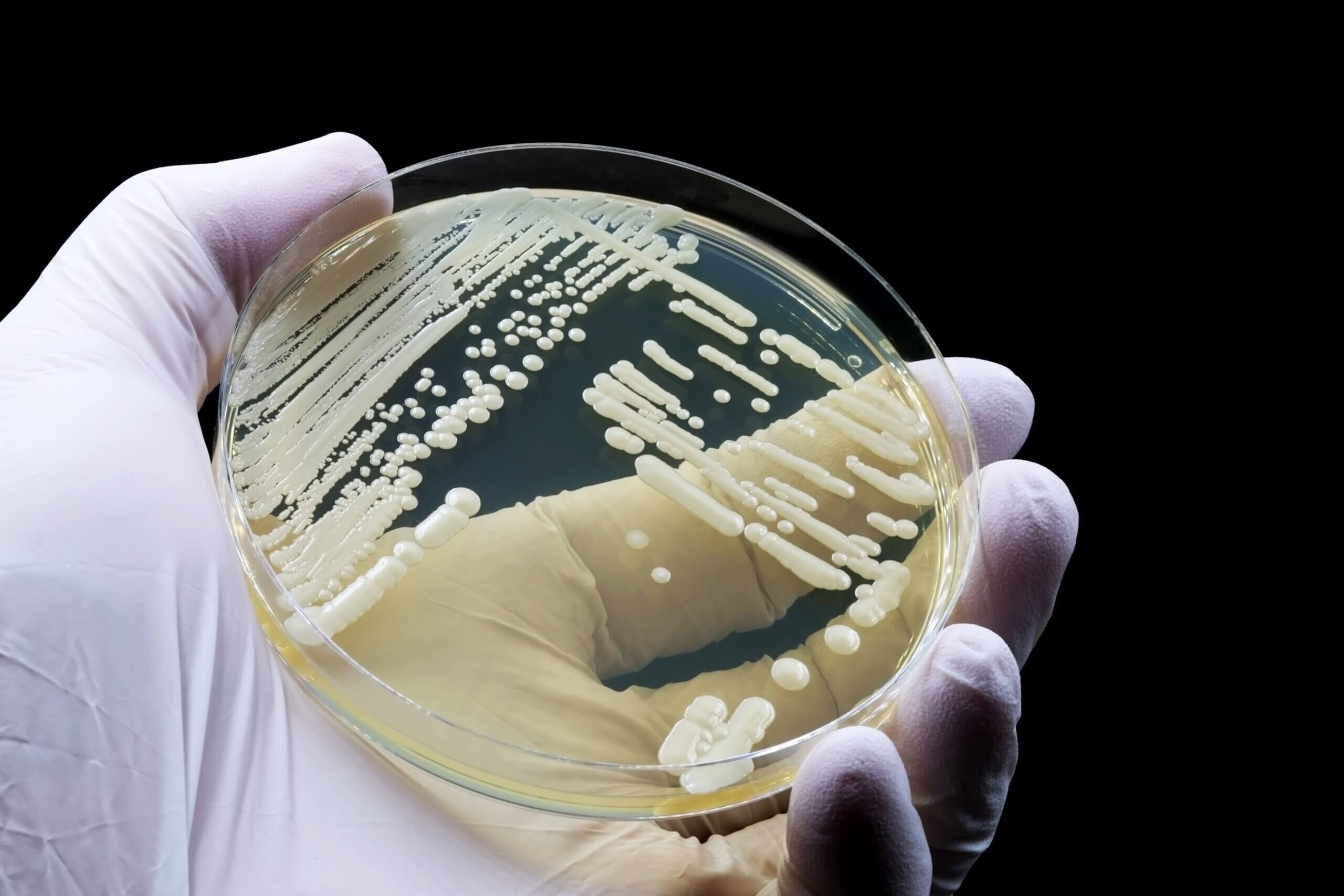Microorganisms (microbes) are tiny living things that can be only seen under a microscope.
What are Microorganisms?
“Microorganisms” is an umbrella term that includes different types of microbes such as bacteria, fungi (yeasts and molds), archaea, algae, protozoa, and viruses.
The existence of unseen microscopic life was first discovered by Antonie Philips van Leeuwenhoek, a Dutch scientist in 1600s. Leeuwenhoek is also known as the father of microbiology because of his pioneering work in the field of microscopy and contribution to establishing microbiology as a discipline of science.
Microorganisms – friend or foe?
Microorganisms are almost present everywhere i.e. in soil, water, air, vegetation, and inhabit on and inside the body. They play a crucial role in many natural processes in the environment such as biosynthesis, biodegradation or decomposition, nitrogen fixation, and much more. Additionally, microorganisms are an important part of the human microbiome and help in maintaining overall good health.
Though, there are a variety of microbes that are responsible for causing mild to acute infectious diseases.
Also Read: Introduction to Microbiology Testing
Types of Microbes
Microorganisms are classified into 4 major groups such as –
1. Bacteria
- Bacteria are the most abundant microorganisms present in nature.
- They are prokaryotes, single-celled (unicellular) microorganisms with no nucleus and cell organelles.
- Based on the shape, bacteria are further classified into five groups namely – spherical (cocci), rod (bacilli), spiral (spirilla), comma (vibrios) or corkscrew (spirochaetes).
- Bacterial cell wall is made up of peptidoglycan, a rigid, complex structure that acts as a protective barrier.
- Harmless bacteria have many important benefits for humans such as building a strong immune system and improved digestive health.
- Gut bacteria like Lactobacillus aid in food digestion.
- The most commonly involved bacteria for causing infections may include Pseudomonas aeruginosa, Salmonella enterica, E. coli, Staphylococcus aureus, Methicillin-resistant Staphylococcus aureus (MRSA), Enterococcus hirae, and etc.
2. Virus
- Viruses are non-cellular microorganisms that need a living host to grow and replicate.
- Viruses are composed of the core of genetic material i.e. either DNA or RNA and covered by a protective covering called capsid.
- Based on genetic material, Viruses are classified into DNA viruses and RNA viruses.
DNA viruses : As the name implies, DNA viruses contain DNA as genetic material. DNA viruses are further divided into following two categories:
- Double-stranded (ds) DNA viruses – Constitutes two strands of DNA in their genome.
Common examples – Herpesviruses, Poxviruses, Adenovirus, etc.
- Single-stranded (ss) DNA virus – Constitutes one strand of DNA in their genome
Common examples – Parvoviruses, Picornaviruses
RNA viruses: RNA viruses have RNA as genetic material and are further divided into two categories –
- Double-stranded (ds) RNA virus – Constitutes two strands of RNA in their genome.
Common examples – Reovirus, etc.
- Single-stranded (ss) RNA virus – Constitutes only one strand of RNA in their genome. They are further categorized into two types – Negative-sense single-stranded RNA virus and Positive-sense single-stranded RNA virus.
Common examples – Rhinovirus, Hepatitis A Virus, Influenza viruses, etc.
3. Fungi
- Fungi are eukaryotic microorganisms which primarily include moulds, yeast, and mushrooms.
- Fungi are also called heterotrophs as they can not synthesize food by themselves. They get their nutrients from organic compounds present in the surrounding environment.
- The majority of fungi are composed of a filamentous structure known as hyphae. These hyphae joined together to form a mesh-like structure called mycelium.
- Cell wall is a unique characteristic of fungi and is mainly made up of chitin and glycoproteins.
- Fungi can reproduce both asexually and sexually.
- Candida albicans is the most common opportunistic pathogen of humans, responsible for causing candidiasis infection.
4. Algae
- Also referred to as plant-like organisms.
- Algae are aquatic photosynthetic organisms that don’t have roots, leaves, and stems.
- Microalgae (unicellular) and macroalgae (multicellular) are the two major types of algae.
- Cyanobacteria (also called blue-green algae) is known to cause human and animal infection.
Also Read: The Choice of Microbes for Testing
What are the Uses of Microorganisms at MIS Lab?
As MIS, we evaluate the efficacy of antimicrobial (antibacterial, antiviral, and antifungal) products from diverse industries like textiles, disinfectants, plastics and coatings.
We use a wide range of microbial strains as test organisms to check whether antimicrobial agents impregnated in sample products are capable of killing them. Test conditions and microbial strains are either maintained based on standard protocols or as per client’s recommendations.
Sample preparation and incubation periods are the most critical and time taking steps in microbial analysis. To ensure fast turnaround times, our experts design and execute the testing analysis as soon as samples are received.
Our aim is to provide quality testing services to our valuable clients, in this quest we continuously improve our testing analysis by incorporating modern equipment and technologies.
Write us here in case of any query regarding microbiology testing services, our expert will contact you shortly.














